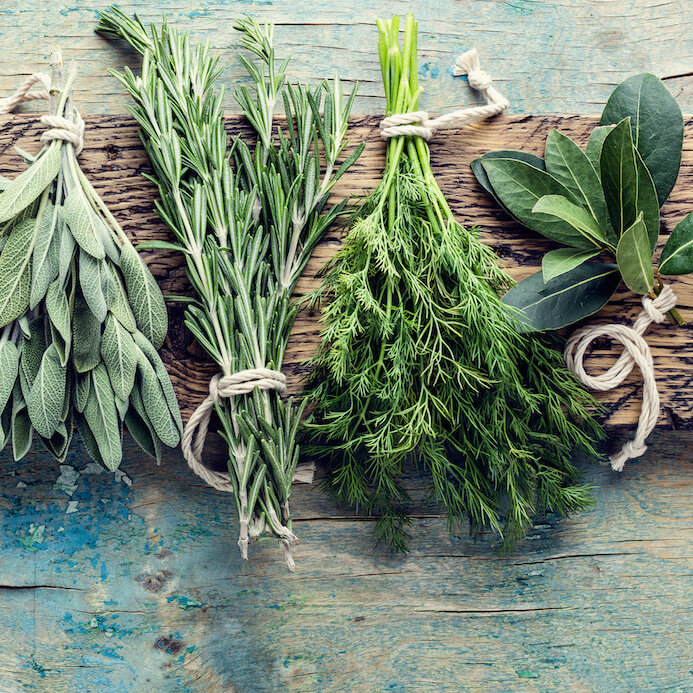Living Maxwell
Better Choices
The Dirty Dozen – 12 Different Fish to Avoid
While many of us are familiar with the Dirty Dozen, the toxic fruits and vegetables to avoid as compiled by the Environmental Working Group, there is a lot of uncertainty and confusion as to what fish are healthy to eat.
One of my favorite non-profits, Food & Water Watch, has addressed this problem and come out with their own Dirty Dozen but for fish. These are the 12fish that they give a big thumbs down to.
1. Atlantic cod
2. Atlantic flatfish, e.g. Atlantic halibut, flounders and sole
3. Caviar, especially from beluga and other wild-caught sturgeon
4. Chilean seabass
5. Eel
6. Farmed salmon, often called “Atlantic salmon.” (Tip: don’t be fooled by “organic” salmon – it’s usually farmed internationally and not certified by U.S. standards.)
7. Imported Basa/Swai/Tra: (Tip: These are often called “catfish” — ask where it is from and check country of origin labels.)
8. Imported farmed shrimp
9. Imported king crab
10. Orange roughy
11. Sharks
12. Tunas, especially Atlantic bluefin (Pacific albacore and Atlantic skipjack are exempted)
—
These fish are on this list for one or a few of the following reasons:
– The fish contains mercury or PCBs that can cause serious health problems.
– The fish is imported from countries where health, environmental or safety standards for growing or catching fish are weak and/or non-existent.
– Many wild fish are managed poorly, are caught using gear that can hurt habitat and other wildlife, and/or the stocks are becoming depleted.
Less than 2% of imported fish to the U.S. is tested for contamination.
